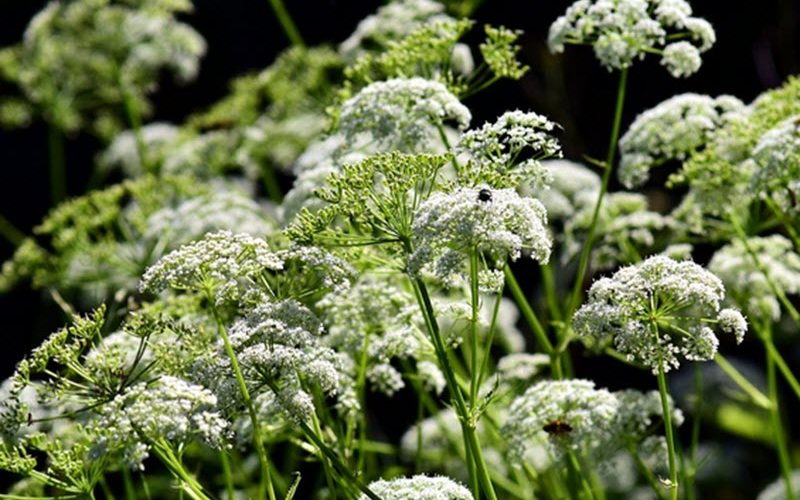Chervil has risen to fame, thanks to the French. It is a staple to a lot of their dishes and fine cuisine. It is a delicate plant resembling carrot greens or parsley.
Benefits of Chervil
Chervil makes a wonderful last minute addition as a seasoning or herb to a host of dishes. It is not particularly used medicinally, but does offer benefits. Chervil can be used as a great source of calcium and potassium. It can address eczema, cough, gout, high blood pressure and even infections.
The leaves and flowers can be used to make a juice that can be used as medicine. Although there is not a lot of scientific research done on chervil’s medicinal qualities, it has been and is still used as an herb to improve health.
How to Grow Chervil
Chervil is temperamental, not ornamental. Although it is a beautiful plant, it is mostly included in winter gardens born and grown in greenhouses. It is the type of plant that needs constant attention and its leaves picked in order to prevent bolting. It enjoys rich, moist soil and cool conditions.
Bolting is a condition when the plant goes to seed. If chervil is tended to, it has the capacity to remain from late fall or early spring until the temperate conditions subside. If bolting does occur, it is easily resown to produce new growth. Be sure to plant it in partial shade or under the shade of other plants.
Uses for Chervil
Chervil is typically used in French cooking at the last minute along with parsley, tarragon and chives. It loses some of its flavor when heated or cooked, so it is considered as a fines ingredient in France. It is also popular in the seasoning of seafood, vegetables, sauces and chicken dishes.
Chervil can be used to attract slugs in gardens and detract them from other plants. It also can be used to lower high blood pressure and as a digestive aid. An old wives tail states that it is helpful to add chervil to vinegar to cure hiccups.
Depending on the time of year, chervil may not be the easiest herb to find at most markets and grocers. It is a spring to early summer producer and can be difficult to find at farmer’s markets due to the time of year in your area or region.
On the upside, it is easily grown on the window sill in your house. It is always a nice treat to clip fresh herbs out of your own kitchen garden anyway.

